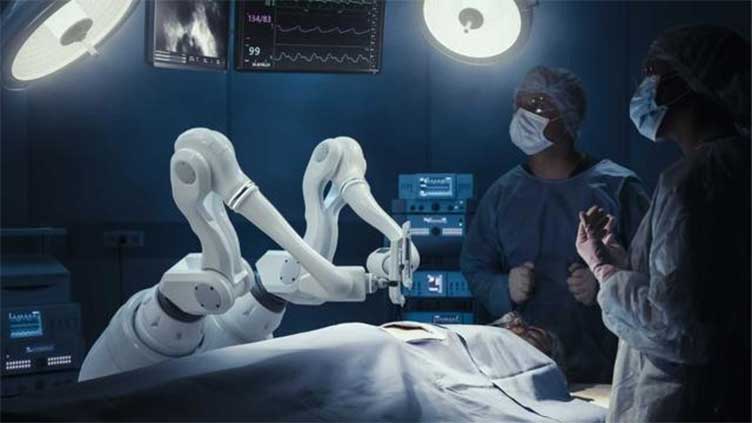Technology
Joanne’s surgery was unique because doctors used the robotic surgical technique
(Web Desk) – A70-year-old woman became the first person in the United States to receive a robot-assisted dual kidney transplant. Joanne Kukula, a resident of Ohio, underwent this groundbreaking procedure at the Cleveland Clinic.
She received a dual kidney transplant using a minimally invasive robotic surgical system.
Conducted in March 2024, the surgery was a success, and Joanne recovered quickly.
“Everything went well, and I really didn’t have much pain from the incisions,” said Joanne.
According to Cleveland Clinic, Joanne’s surgery was unique because doctors used the robotic surgical technique to implant two kidneys from a single deceased donor –an innovative approach to extending the use of marginally-effective kidneys from a list of expanded criteria donors who would otherwise be ineligible.
With the need for life-saving organ donations, dual kidney transplantation aids in increasing the donor pool. The approach also shortens the waiting time for a person to receive an organ.
Dr. Mohamed Eltemamy used an advanced multiport robot for Joanne’s procedure. He stated that the robotic technique is more flexible than traditional surgery.
“Other advantages of the robot are it allows us to use magnified 3DHD vision –articulation at the tips of the instruments that exceed the range of motion of a human wrist –the ability to work in small spaces and better ergonomics,” said Dr. Eltemamy.
“Instead of using two incisions or a big midline incision we can place the kidneys on both sides of the torso through one small incision.”
“Sometimes, when we receive an offered donor kidney, after further analysis we find one kidney to be small with not enough functionality,” said program director Dr. Alvin Wee.
“When that happens, we request both donor kidneys which, together, can provide more than 100% functionality. And with the robot, we were able to transplant both kidneys into Joanne through the same small incision.”
Urologic surgeons in Cleveland Clinic’s Kidney Transplant Program perform more than 300 transplants annually. Notably, approximately 10% of these transplants are performed robotically. That percentage continues to increase as the technology becomes more available.
Robot-guided surgery is primarily performed through one small incision, according to Dr. Wee. It’s a minimally invasive procedure that generally results in less pain and prompts a more rapid recovery for patients than traditional surgeries.
“The hardest part is waiting, but you have to believe that eventually something will come around,” said Joanne. “I’m grateful to my donor, my family, and my care team, and amazed at what doctors can do to treat people today.”
‘ ;
var i = Math.floor(r_text.length * Math.random());
document.write(r_text[i]);

